
ALLERGY
TIPS
GOT ALLERGY? GET RID Of PLANTS THAT CAUSE ALLERGIES!

THE BEST INDOOR PLANTS (AND THE WORST) FOR YOUR ALLERGIES.
Not all houseplants are created equal—when it comes to improving indoor air quality that is. Some of the best indoor plants filter harmful toxins and pollutants out of the air (like benzene, formaldehyde, and trichloroethylene) that come from everyday substances like certain detergents, wood products, and paints. On the other hand, certain indoor plants can make it more difficult to breathe—especially if you have pollen or mold allergies. This plant allergies guide takes a look at at some of the best indoor plants for allergy sufferers, as well as a few you may want to avoid.
These are some of the best indoor plants to improve the indoor air quality of your home. Bonus: they’re all allergy friendly.
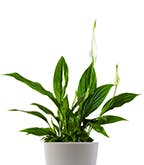
PEACE LILY
This beauty can help improve the air quality of your home by removing formaldehyde, benzene, and carbon monoxide from your indoor air.

JANET CRAIG
This houseplant from the Dracaena family is a very efficient choice to remove air pollutants from your home.
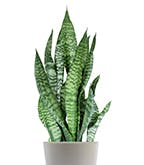
MOTHER-IN-
LAW’S TONGUE
This air purifying plant’s a dream if you don’t have a green thumb. Mother-in-law’s tongue is very easy to grow and thrives in both sun and shade.
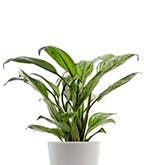
CHINESE
EVERGREEN
A great choice to purify a room that doesn’t get a lot of direct sunlight. Chinese Evergreens are perfect in medium to low light.
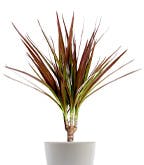
MARGINATA
Dracaena’s are some of the most efficient plants at purifying the air in your home.
These houseplants may be easy on the eyes, but they can be tough on you if you have plant allergies. You may want to limit these plants in your home, or steer clear of them altogether.
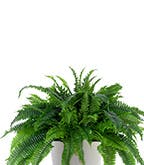
FERNS
This popular plant is best avoided if you suffer from plant allergies. It’s been found to cause a reaction in many allergic rhinitis patients.

WEEPING FIG
This common houseplant rank can wreak havoc on individuals who suffer from allergies.
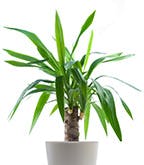
AFRICAN VIOLET
They sure are beautiful, but the fuzzy leaves of African violets make excellent dust collectors. If you want to bring one into your home it’s best to wipe it down well, and often.
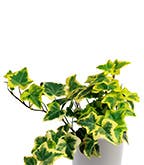
IVY
It’s a far cry from the poison ivy that lurks deep in the woods, but the ivy we keep as houseplants is known to cause skin irritation in some people.

PALM TREE
While it’s nice to bring a taste of the tropics inside, be careful before you introduce a palm tree into your home. Male palms can produce a lot of pollen, so it’s best to pick a female.

